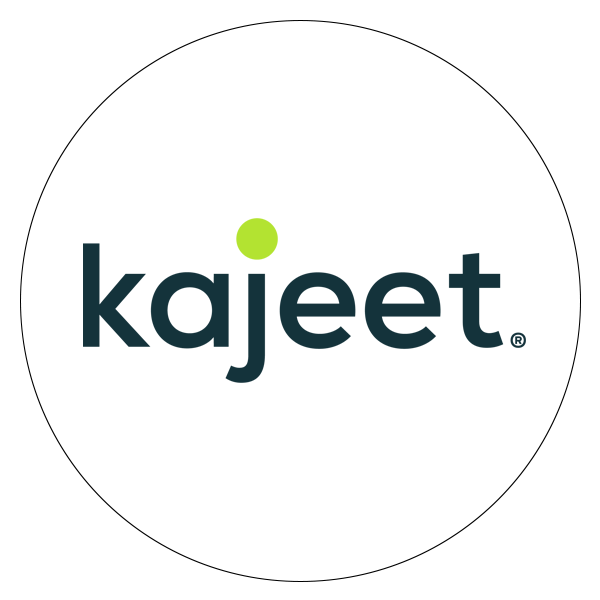
With ed tech programs, devices and technologies proliferating around the country, school administrators and teachers are faced with a somewhat difficult decision. Which program, device or technology works best for the needs of their schools? After all, a tool or program which works with students in one district may not necessarily work for students in another.
That’s where data comes in. Purchasing decisions based on data and analysis are essential to the success of any school district.
In order to best assess the potential of an ed tech device, program or technology, you have to know how to collect the data. Here are a few questions to help you when deciding what kind of data to collect.
Currently, teachers and administrators use a blend of two types of tools to determine the success of a potential program and its effect on academic performance:
Of course, you need evidence to support your purchasing decisions. How can you find the evidence you need? Mathematica suggests to keep in mind the pros and cons of the data you gather.
Educators increasingly turn to data to understand the link between instructing and learning. There’s just one small problem: Data, for many people, can be quite intimidating and difficult to work with.
According to a study involving more than 4,600 teachers by The Bill and Melinda Gates Foundation titled “Teachers Know Best: Making Data Work for Teachers and Students,” many teachers find data-collecting tools (including dashboards and digital gradebooks) overwhelming, incompatible, inconsistent and too slow. The study highlights an astounding 67 percent of teachers “are not fully satisfied with the effectiveness of the data and tools they have access to on a regular basis.”
There’s also not one single way that teachers and administrators can use data when researching potential ed tech programs – or even when they teach. “Teachers Know Best” draws attention to six archetypes and the ways they use data such as test scores, class participation rates, socio-economic demographics (including gender and subsidized lunch status) and individual student goals.
Before you start analyzing a particular ed tech tool, it helps to think about what kind of educational data user you are – or want to be.
What does a successful ed tech program look like? How can administrators and teachers be certain it’s working for their school district?
There are, of course, right and wrong ways to use data when measuring the success of a specific program. The important thing to remember is that data, however it’s gathered and however it’s used, is a tool. It should complement interpersonal strategies (interactions between teachers and administrators, or teachers and students) – not serve as a substitute.
There are three things to keep in mind when employing data.
The Data Quality Campaign has a helpful tip sheet to help decision-makers ensure they use data in the most responsible, effective way possible. Some tips include:
Privacy, of course, is always a concern – especially when it involves sensitive data about individual students (including their demographics and academic scores). It goes without saying that any data collection and analysis should have student privacy at a top-of-mind level.
And data collection and analysis should always be about education, not marketing. As Forbes notes in an article on student data privacy and ed tech entrepreneurs, “ed tech companies should be in business to serve students, not the other way around.”
One new tool available for school districts to use is the Ed Tech Rapid Cycle Evaluation (RCE) Coach. Designed by the Office of Educational Technology and Mathematica, the RCE Coach offers teachers and administrators a solid, helpful guide to navigating the complexities (and the intimidation) of using data to determine whether a particular ed tech tool is right for a school district’s needs.
The RCE Coach helps school administrators with the step-by-step tasks of collecting data, including:
Given the lightning-fast speed at which ed tech tools change, it’s more essential than ever that research and data-collection methods become just as fast. A tool can be updated or change on you in the blink of an eye.
Time, as always, is of the essence. While it’s important to cut down on research time, evaluations should not be too rushed. Research quickly, but effectively.


